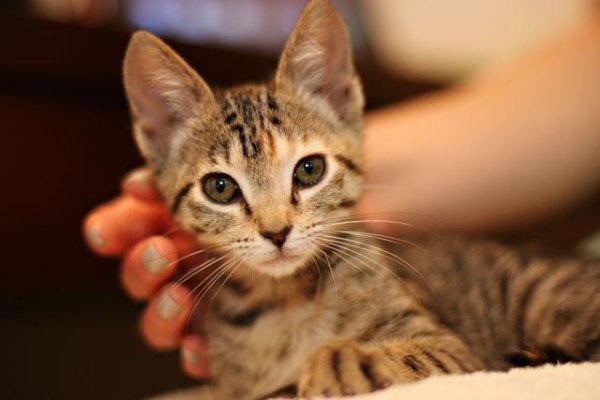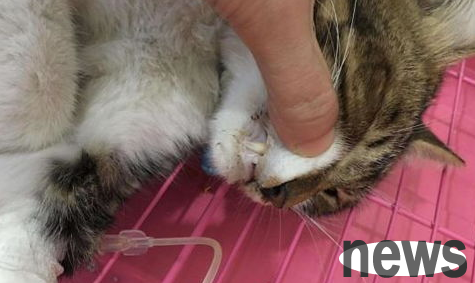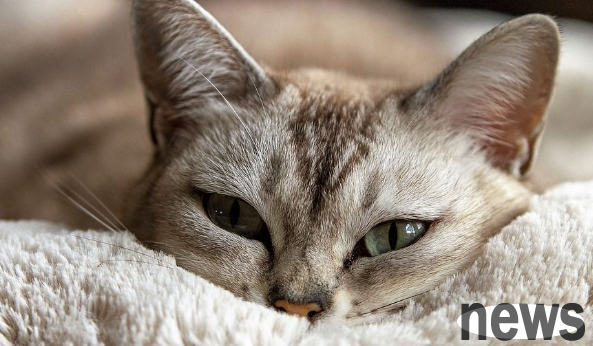Veterinarians remind again: cat plague is high in winter, so cats should pay attention to these symptoms!
Winter is approaching, and cat plague has also entered a high incidence period. Feline Panleukopenia, also known as Feline Panleukopenia, is a highly contagious feline viral disease that poses a serious threat to the health of cats. As a qualified shoveler, you must know the dangers of cat plague. This article will introduce the main manifestations and response strategies of cat plague. I hope your cat can safely survive the high incidence of viruses.
1. Basic knowledge of cat plague
Cat plague is caused by cat parvovirus (FPV), which mainly affects the cat's digestive system and can lead to death in severe cases. This virus is extremely easy to spread and can be transmitted through direct contact, contaminated food, water and the environment. Especially in winter, the risk of transmission increases as the virus becomes more stable in low temperature environments.
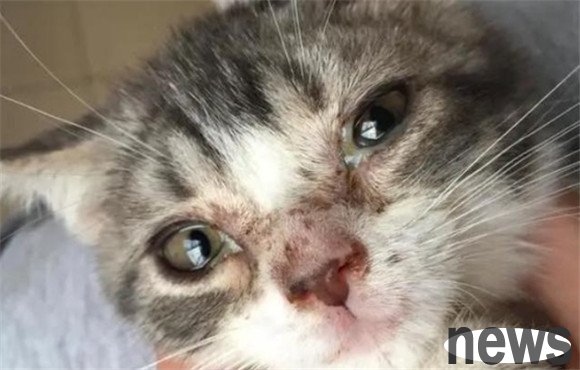
2. The main symptoms of cat plague. The symptoms of cat plague are changeable, mainly including the following points:
a. Cats infected with cat plague will suddenly develop fever, and their body temperature can be as high as 40°C (104°F), accompanied by loss of appetite or no food at all.
b. Vomiting and diarrhea
The cat paralysis virus attacks the cat's gastrointestinal tract, causing severe vomiting and diarrhea, which may contain blood.
c. Decreased vitality and depression
Cats infected with cat plague will show obvious symptoms of mental depression and depression, decrease vitality and become slow to respond to the surrounding environment.
d. Dehydration and weight loss
Cats may rapidly dehydrate and experience weight loss due to severe vomiting and diarrhea.
3. Prevention and treatment
a. Vaccination must be done. The most effective way to prevent cat plague is to receive regular vaccinations. It is recommended to vaccinate cats as directed by the veterinarian, especially before winter comes to ensure that the vaccine is up to date and effective.
b. Keeping cats clean and clean
Keeping cats living environment clean and hygienic is very important for preventing cat plague. Clean cat cages, food utensils and bedding regularly and disinfect these areas with appropriate disinfectants.
c. Avoid contact with sources of infection
Try to avoid contacting cats with animals with unknown health conditions outside, especially stray cats or other animals that may carry viruses. (PS: Pet hospitals are also big. If it is not necessary, it is recommended not to go, and you have to go. It is recommended to choose a more reliable one)
d. Pay attention to nutrition and moisture
to ensure that the cat has sufficient nutrition and moisture intake, especially in winter, to strengthen the cat's overall resistance.
e. Seek medical treatment in time
Once a cat is found to have symptoms of cat plague, you should take it to the veterinarian immediately. Cat plague is an emergency, and early treatment is the key.
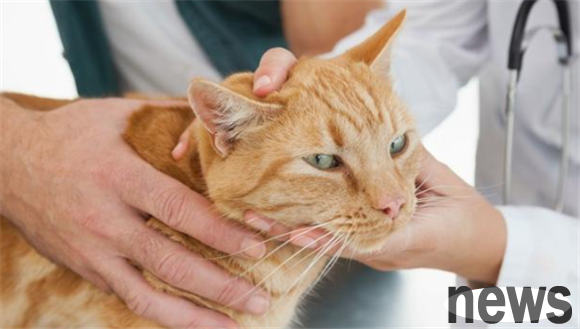
4. Treatment methods for cat plague
There are currently no specific drugs that directly target cat parvovirus. Treatment is primarily symptomatic supportive treatment, including:
a. Rehydration and electrolytes
To prevent dehydration and electrolyte imbalance, liquids and electrolytes may be required to be administered intravenously.
b. Antibiotic treatment
Although antibiotics cannot fight viruses, they can be used to prevent or treat secondary bacterial infections.
c. Nutritional support
ensures that cats consume sufficient nutrition and provide nutrition through tube feeding or intravenous injection if necessary.
d. Relieve symptoms
Use medications to control vomiting and diarrhea and relieve cat discomfort.
5. The recovery period of cat plague
After the cat is treated, it requires a recovery period. This period requires special care, including:
a. Quiet and comfortable environment
provides a quiet, warm and clean environment where cats can rest with peace of mind.
b. Gradually restore the diet
As the cat's condition improves, it gradually returns to its normal diet and can initially provide easy-to-digest soft food.
c. Regular inspections
During the recovery of the cat, regular physical examinations and necessary blood tests are required to monitor its recovery.
d. Continue to isolate
Even if the cat's symptoms improve, it should be continued to isolate for a period of time to avoid contact with other pets and prevent the spread of the virus.
Cat plague is a serious cat disease, but it is not a terminal illness. Its threat can be greatly reduced through appropriate prevention and timely treatment. In short, it is high in winter, and prevention is the main focus! !








